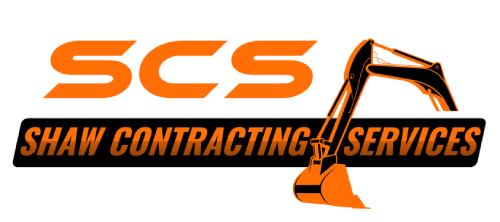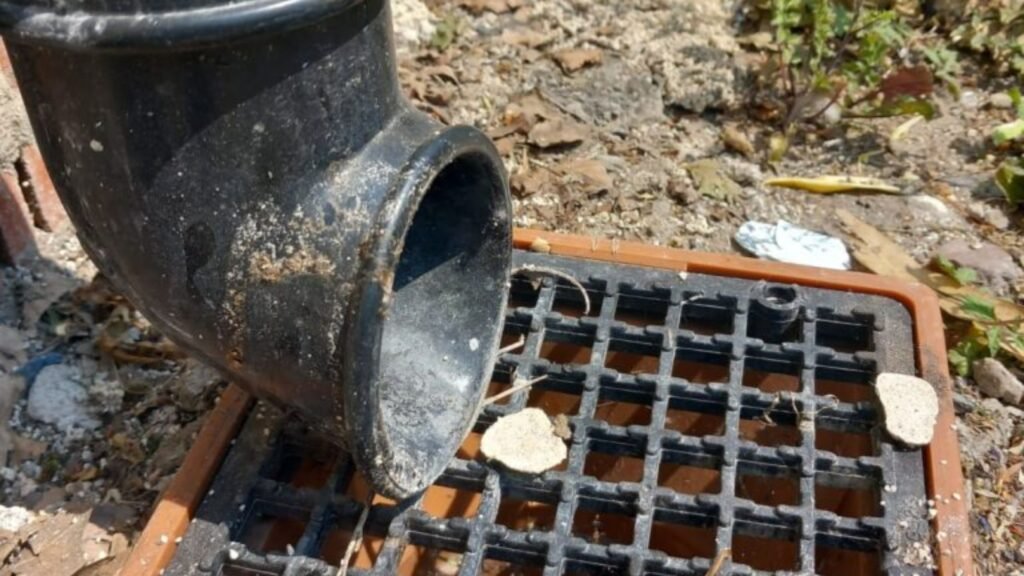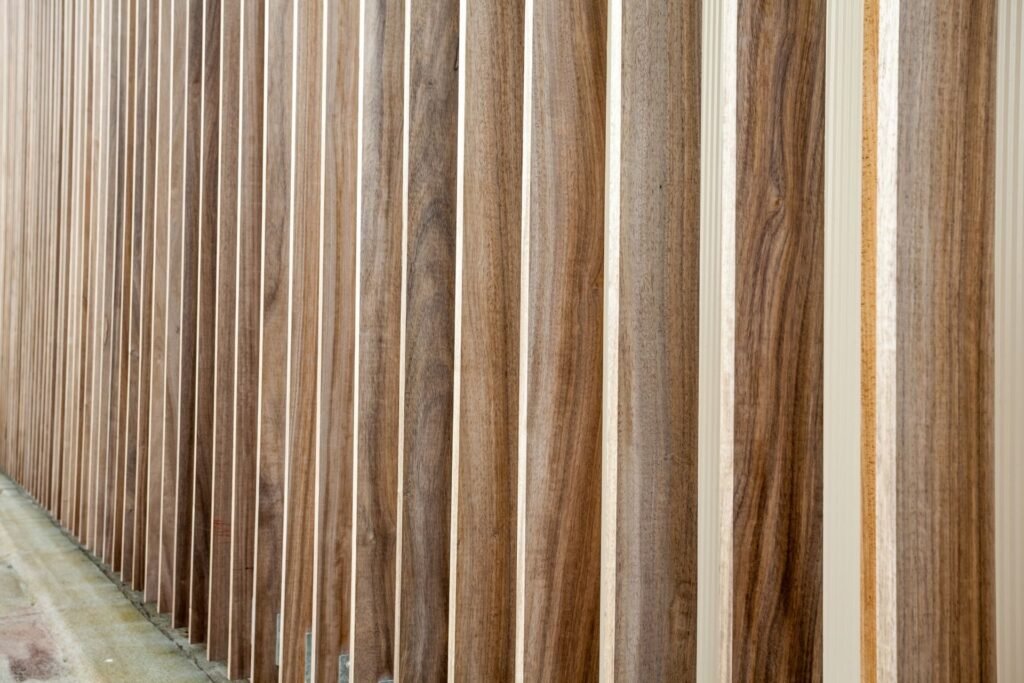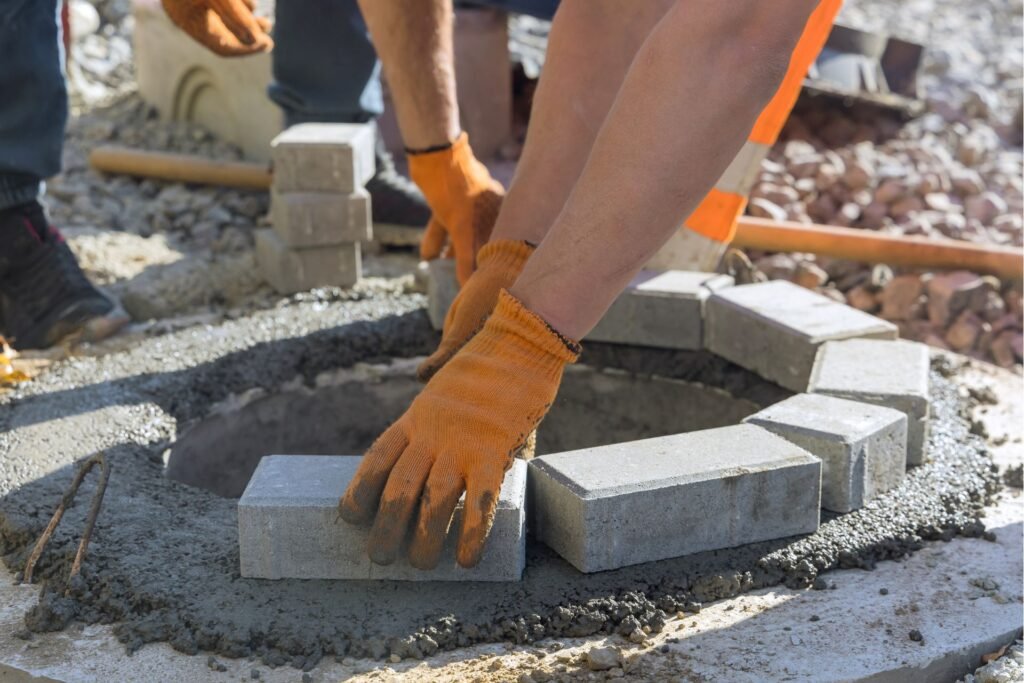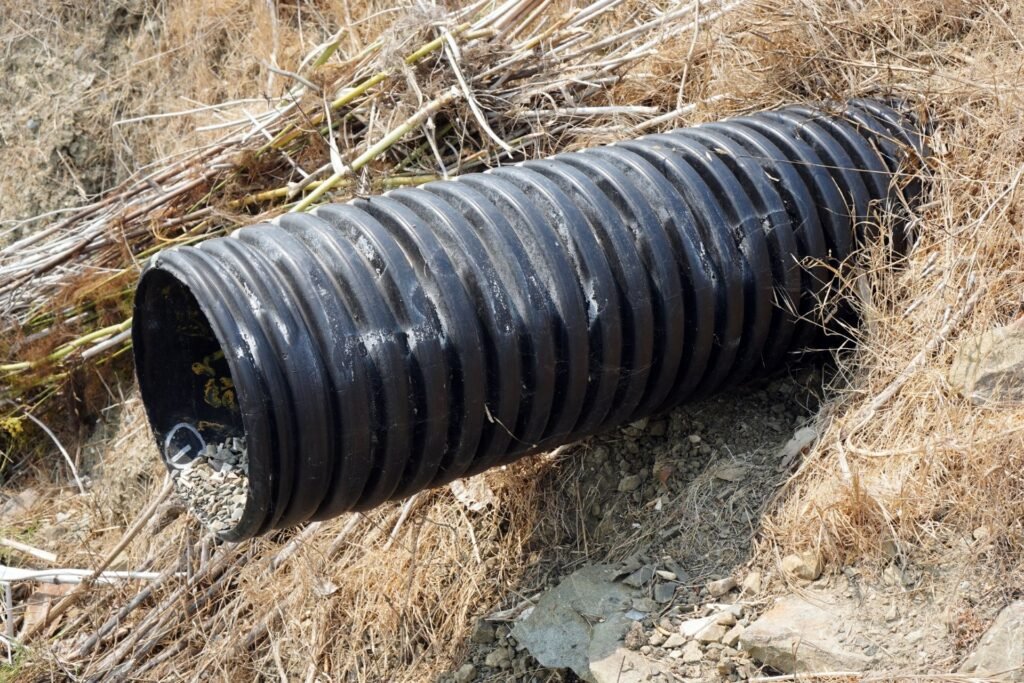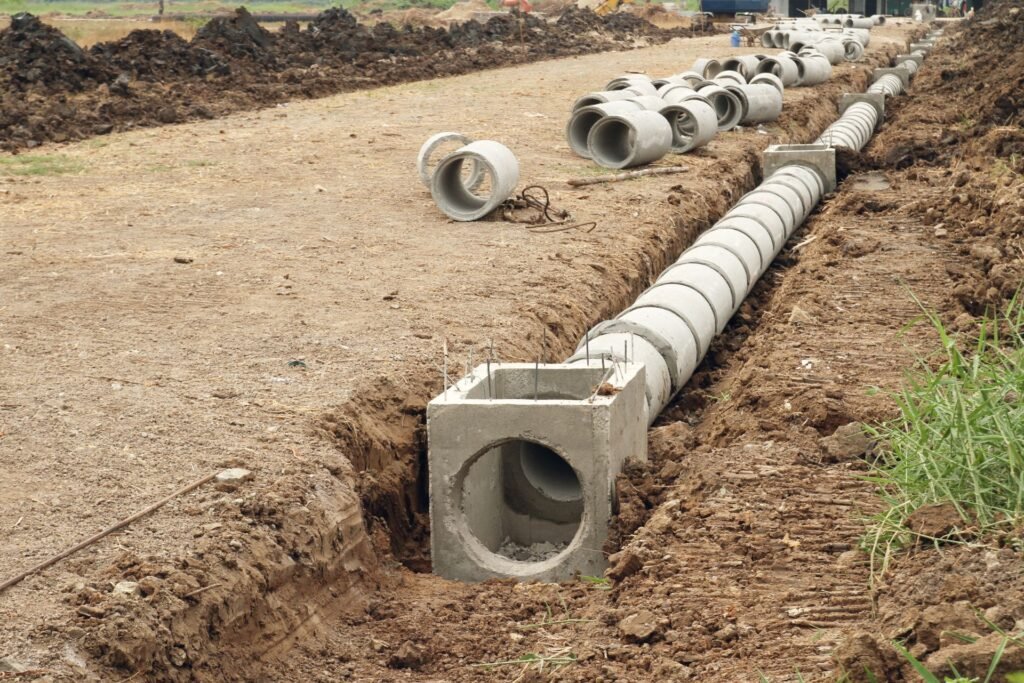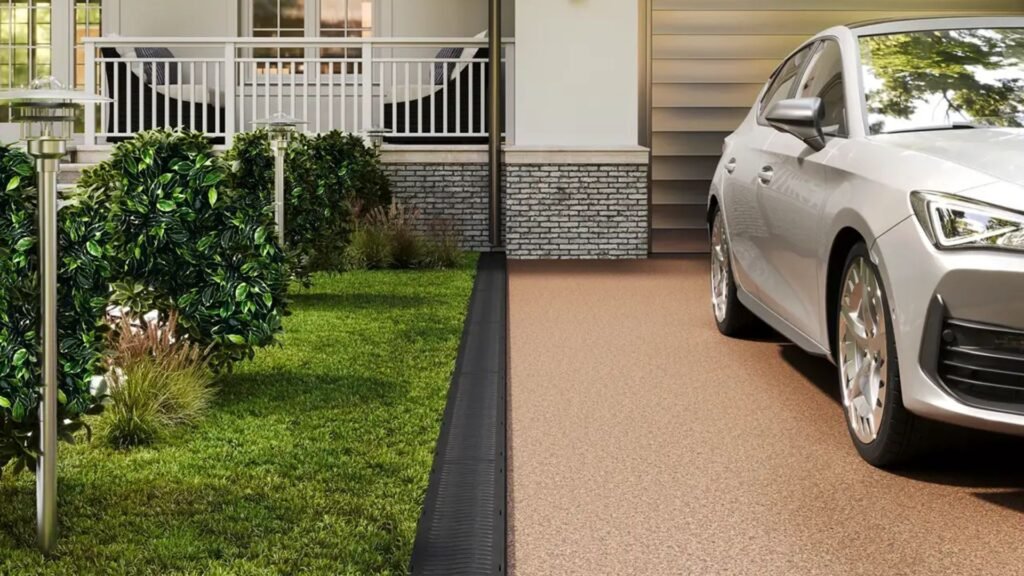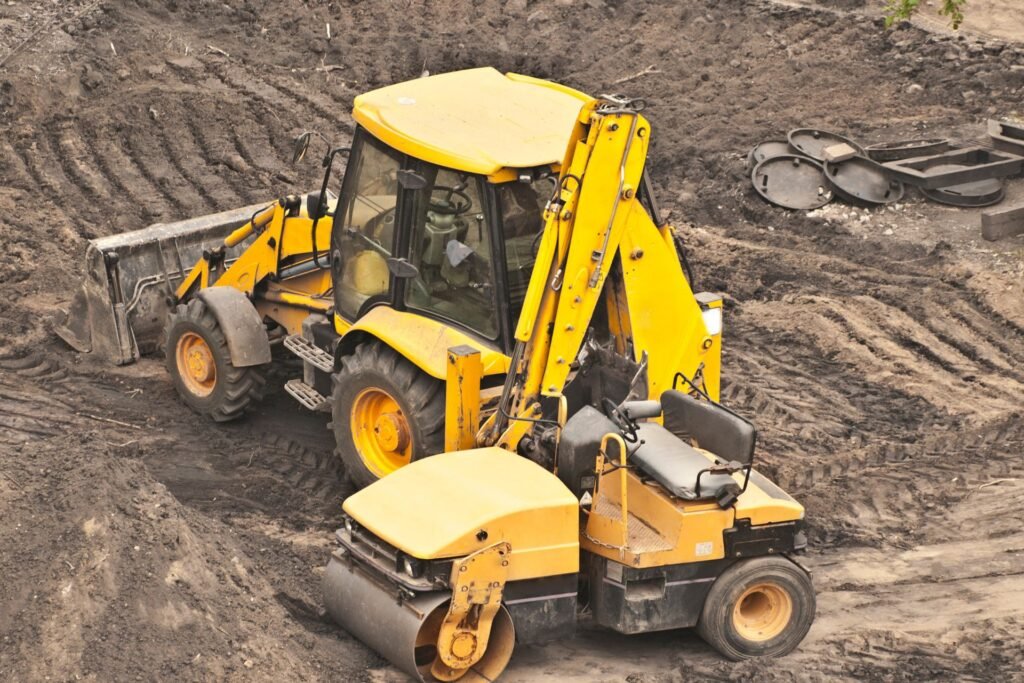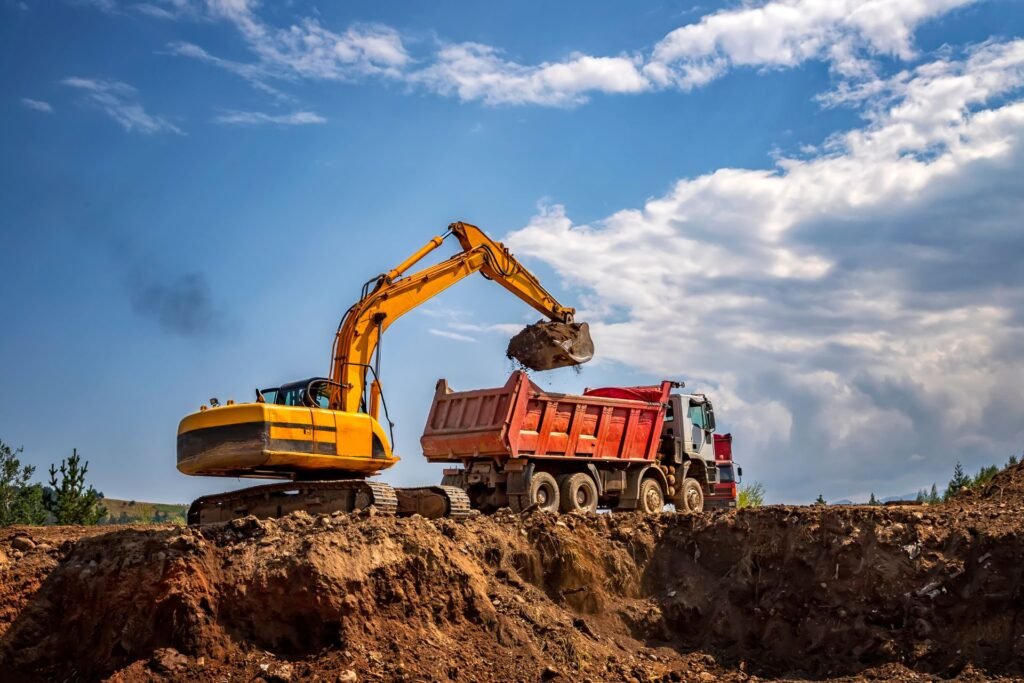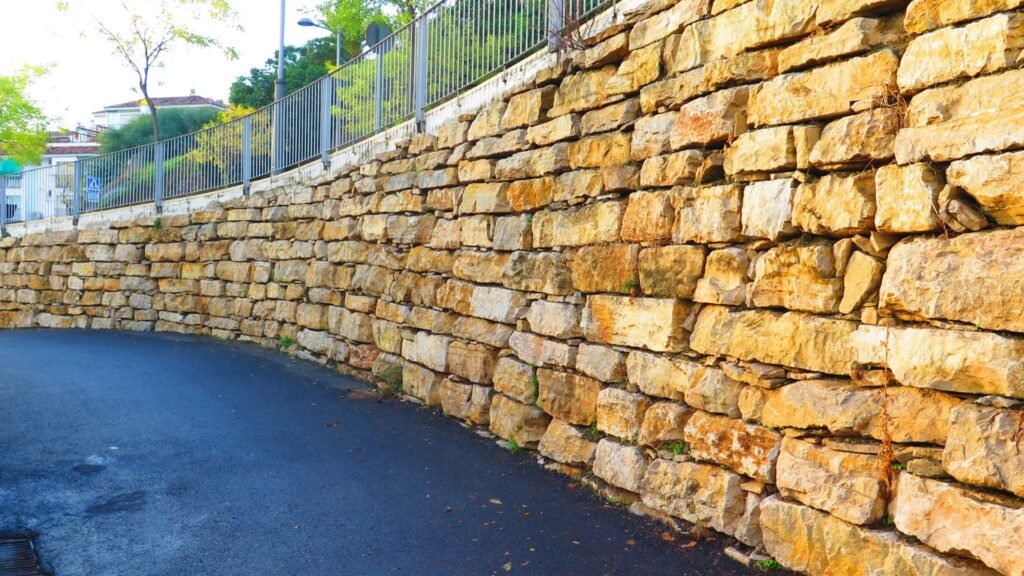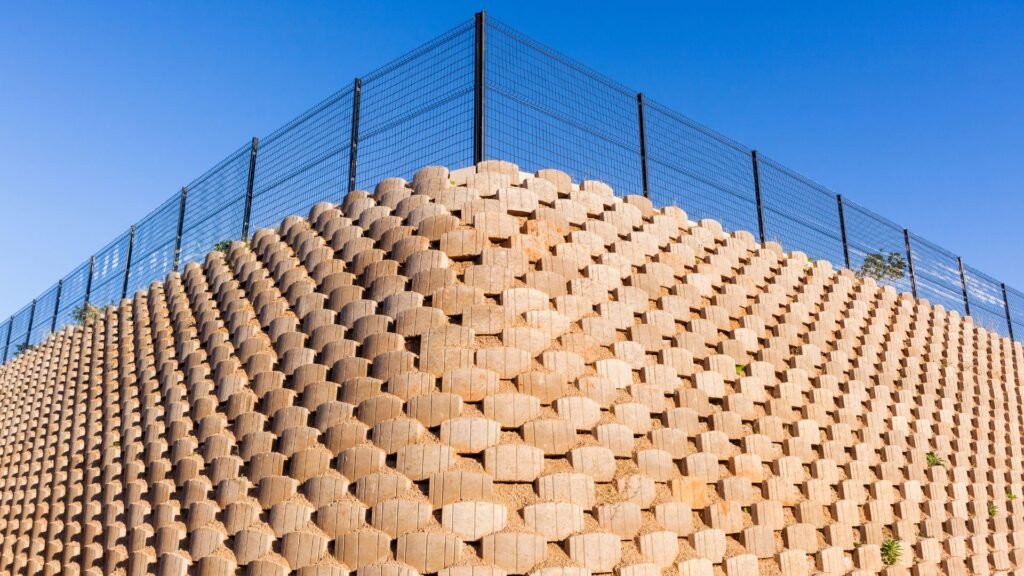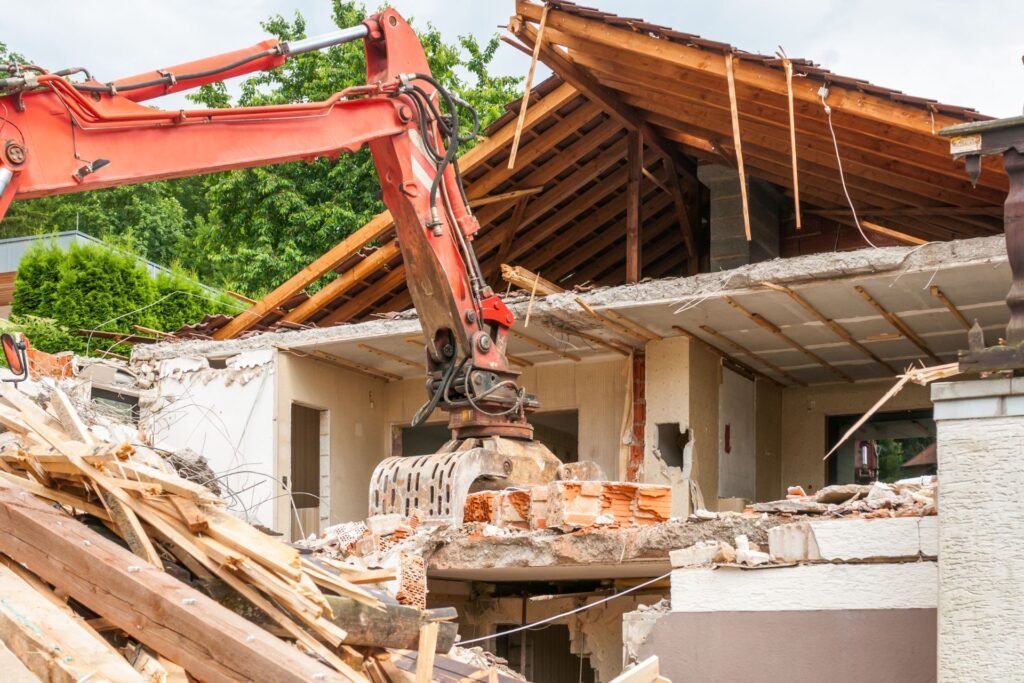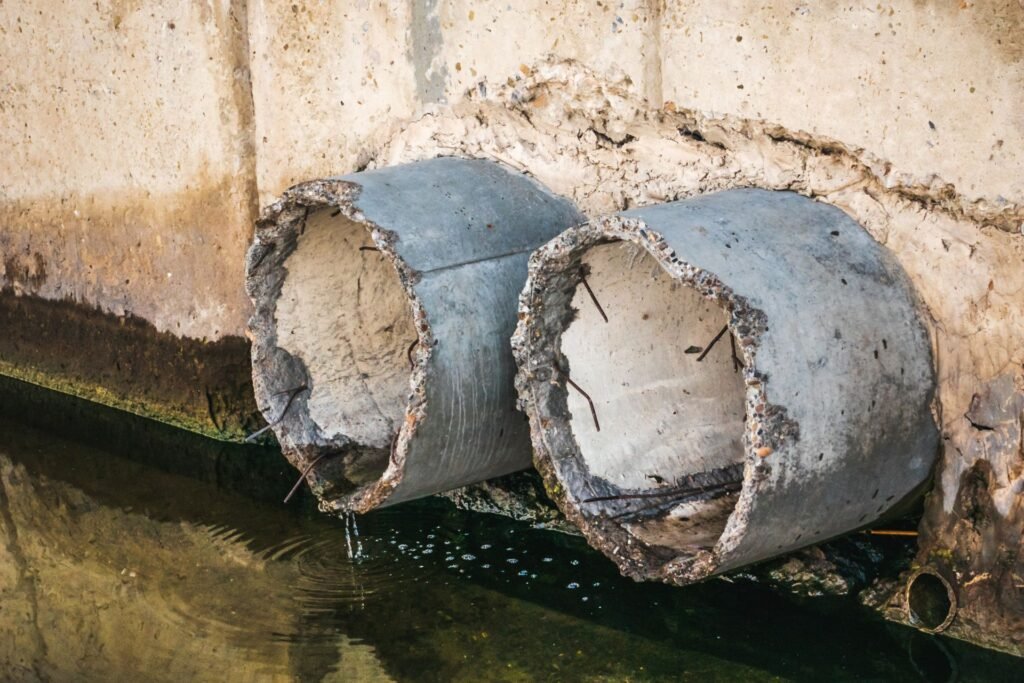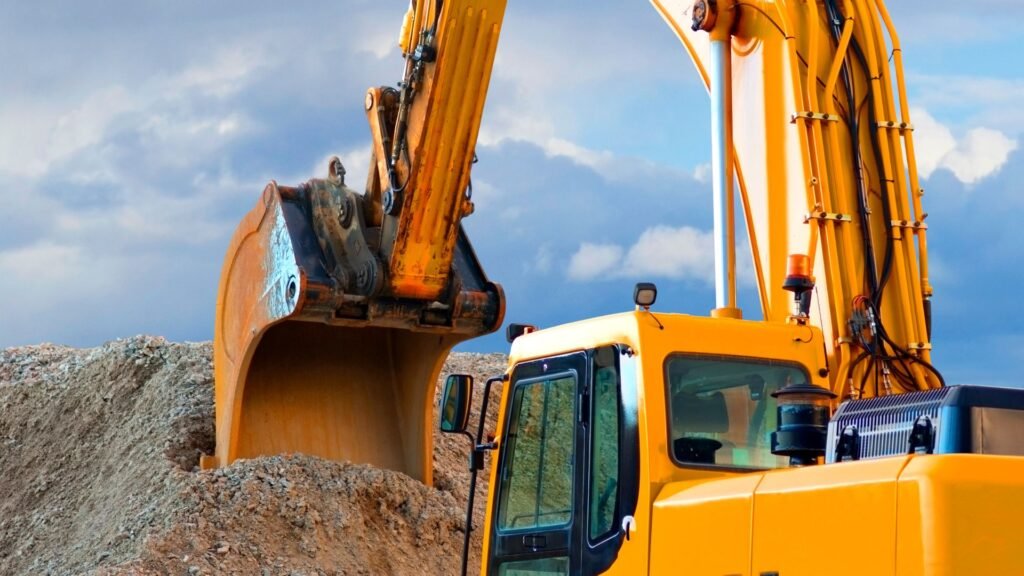Welcome to our comprehensive guide on gully traps in New Zealand! If you’ve ever wondered what those seemingly inconspicuous drains around your property do or why they’re so crucial to your home’s plumbing system, you’re in the right place. Gully traps play an essential role in keeping your drains running smoothly and your home free from unpleasant odors and potential blockages. In this article, we’ll break down everything you need to know about gully traps—from what they are and how they work to how you can maintain them and avoid costly repairs. Whether you’re a homeowner looking to better understand your drainage system or just curious about how to keep your property in top shape, this guide is here to help you navigate the ins and outs of gully traps with ease and confidence.
A gully trap in New Zealand is a plumbing fixture designed to prevent sewer gases from entering homes by creating a water seal in the drainage system. It also helps to filter out debris, preventing blockages in the sewer lines. Gully traps are typically located outside, near kitchens or bathrooms, and are essential for maintaining a clean and efficient drainage system. Regular maintenance is crucial to ensure they function properly and prevent issues like clogs, leaks, or unpleasant odors.
Table of Contents
What Is A Gully Trap?
A gully trap is a crucial component in your home’s drainage system, specifically designed to keep your environment safe and hygienic.
- Definition: In simple terms, a gully trap is a plumbing device that ensures wastewater from your kitchen, bathroom, or laundry efficiently drains away, while simultaneously preventing harmful sewer gases from entering your home. It’s essentially a small basin-like structure, often made from durable materials like cast iron or plastic, installed at strategic points in your drainage system.
- Function: The primary role of a gully trap is twofold. First, it serves as a catchment point for wastewater before it enters the main sewer line. This includes water from sinks, showers, and appliances like washing machines. Second, and perhaps more importantly, it acts as a barrier against foul-smelling gases that could otherwise travel back up the pipes and into your living spaces. The water within the trap forms a seal, stopping these gases in their tracks and ensuring your home remains odor-free.
- Visual Description: A typical gully trap in New Zealand homes resembles a small, covered pit or basin connected to the drain pipes. It’s usually installed outside, near the foundation of your house, close to where the pipes from your kitchen or bathroom exit the building. The trap itself is covered with a grate or lid, which can be removed for cleaning or maintenance. The positioning of the gully trap is crucial, as it must be placed lower than the floor level of your home to allow gravity to help the water flow smoothly into the trap.
- Importance: Gully traps play a vital role in maintaining the hygiene and safety of your home. Without them, there would be a direct pathway for potentially hazardous sewer gases to enter your living spaces, posing health risks and causing unpleasant odors. Furthermore, they help prevent blockages in the sewer system by catching debris and preventing it from entering the main sewer lines. This function not only keeps your home’s drainage running smoothly but also protects the broader public sewer system from potential damage. In summary, gully traps are an essential part of any well-functioning drainage system, safeguarding your home against unwanted smells, blockages, and health hazards.
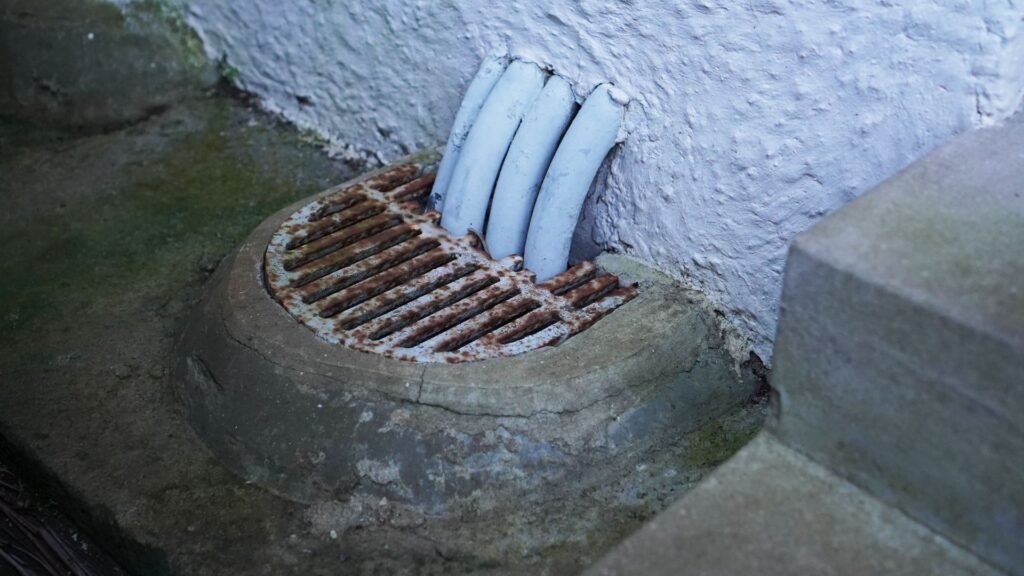
How Gully Traps Work
Gully traps are essential components in any drainage system, designed to prevent foul odors and gases from entering your home or building. Understanding how a gully trap works can help you appreciate its role in maintaining a healthy and functional plumbing system. Here’s a detailed breakdown of the process:
Step-by-Step Process
1. Wastewater Entry: When wastewater from your sinks, showers, or gutters flows out of your home, it is directed into a gully trap. This water often contains various particles, grease, and debris, making it crucial to prevent these contaminants from clogging the main sewer line.
2. Initial Separation: As the wastewater enters the gully trap, the heavier particles, such as sand or grease, begin to settle at the bottom. This process is vital because it prevents these materials from entering and potentially clogging the main sewer system.
3. Water Seal Creation: One of the most critical functions of a gully trap is to maintain a water seal. As the wastewater flows through the trap, it creates a water barrier that sits at the base of the trap. This water seal is what prevents unpleasant sewer gases and odors from rising back up through the drain and into your living spaces.
4. Continuous Flow: The design of the gully trap ensures that while it retains a certain amount of water to create the seal, the remaining wastewater can continue to flow freely into the main drainage system. This continuous flow ensures that your plumbing remains functional and free from blockages.
5. Regular Flushing: Over time, debris and particles that have settled at the bottom of the gully trap can accumulate. However, the design allows for regular flushing of this debris as more wastewater passes through, keeping the trap clear and effective.
6. Outlet to Sewer: After passing through the gully trap, the relatively cleaner wastewater exits through an outlet pipe, which directs it into the main sewer line. At this point, the water is free of large debris and particles, reducing the risk of blockages further down the system.
Illustrative Example
Think of a gully trap like a filter in a coffee maker. When you pour water (the wastewater) through the coffee grounds (representing the debris and particles), the filter (acting as the gully trap) separates the grounds from the liquid, allowing only the clean coffee (treated wastewater) to pass through into your cup (the sewer system). Just as the coffee filter prevents the grounds from ending up in your cup, the gully trap stops debris from clogging the main sewer, while also keeping unwanted odors out of your kitchen or bathroom.
Diagram (Optional)
To further illustrate how a gully trap functions, a diagram can be an invaluable tool. A cross-sectional visual of the gully trap could show the wastewater entering, the debris settling, the water seal formation, and the outlet flow into the sewer. This would make it easier for readers to visualize each stage of the process. (Note: Design team can consider including a clear, labeled diagram to complement the explanation).
This explanation of gully traps, with a blend of technical breakdowns and relatable analogies, aims to provide a clear understanding of their function within a drainage system. Adding visual elements like diagrams can enhance comprehension, making this section more engaging and informative.

Types Of Gully Traps In NZ
Overview of Common Gully Traps
In New Zealand, gully traps play a crucial role in preventing unpleasant odors from seeping back into your property while also keeping your plumbing system free from blockages. These essential devices are available in various types, each designed to meet the specific needs of different environments.
1. Residential Gully Traps: These are the most commonly used gully traps, specifically designed for homes and small residential properties. They are typically smaller in size and simpler in design, focusing on efficiently managing wastewater from kitchens, bathrooms, and laundry areas.
2. Commercial Gully Traps: Used in larger-scale operations such as restaurants, factories, and commercial buildings, these traps are designed to handle a higher volume of waste. They are generally more robust and larger than residential gully traps to cope with the increased demand.
3. Industrial Gully Traps: For industrial settings where large amounts of wastewater need to be managed, industrial gully traps are the go-to solution. These traps are built to withstand heavy usage and are often customized to meet the specific requirements of the facility.
Materials Used in Gully Traps
The material used in the construction of gully traps is a key consideration, as it affects both the durability and effectiveness of the trap. The most common materials used in New Zealand include:
1. PVC (Polyvinyl Chloride): PVC gully traps are highly popular due to their affordability, lightweight nature, and resistance to corrosion. They are easy to install and maintain, making them a preferred choice for residential properties. However, they may not be as durable as other materials in extreme weather conditions.
2. Concrete: Known for their durability and strength, concrete gully traps are often used in commercial and industrial settings. They can withstand heavy loads and harsh environmental conditions, making them ideal for areas with high traffic or where the ground is unstable. The downside is that they are heavier and more difficult to install compared to PVC options.
3. Stainless Steel: Stainless steel gully traps offer a high level of corrosion resistance and are often used in environments where hygiene is a top priority, such as in food processing plants. They are durable and can handle high temperatures, but they come at a higher cost.
4. Clay: Traditional clay gully traps are still in use in some areas, particularly in older properties. They are resistant to chemical corrosion and can last for many years. However, they are more prone to cracking and can be more challenging to repair or replace.
Choosing the Right Gully Trap
Selecting the right gully trap for your property involves considering several factors to ensure it meets your specific needs:
1. Location: The location of the gully trap is crucial. For residential properties, a standard PVC gully trap might suffice, but for areas with heavy traffic or industrial use, a more robust material like concrete or stainless steel would be more appropriate.
2. Soil Type: The type of soil around your property can influence the type of gully trap you should choose. For instance, clay soil may require a stronger material like concrete to prevent shifting and ensure longevity.
3. Usage: Consider the volume and type of waste that the gully trap will need to handle. For residential use, a PVC trap is usually sufficient, but for commercial or industrial applications, you might need a larger, more durable option.
4. Budget: While it’s essential to choose a gully trap that meets your needs, your budget will also play a role in the decision. PVC traps are cost-effective, while stainless steel and concrete options, though more durable, are more expensive.
By understanding the different types of gully traps available in New Zealand and the materials they are made from, you can make an informed decision that ensures the longevity and efficiency of your property’s plumbing system. Always consider your specific needs and consult with a professional if you’re unsure about which gully trap is right for you.

Common Issues With Gully Traps
Gully traps play a crucial role in managing wastewater by preventing foul odors and pests from entering your home while directing water to the drainage system. However, like any part of your plumbing system, they can develop problems over time. Understanding these common issues can help you maintain your gully trap and keep your plumbing system functioning smoothly.
Clogs and Blockages
One of the most frequent issues with gully traps is clogging. Gully traps are prone to collecting debris such as leaves, dirt, grease, and other waste materials that can accumulate over time. When these materials build up, they can cause significant blockages, preventing water from draining efficiently. A clogged gully trap can lead to water pooling around your property, which might result in water damage or even flooding if not addressed promptly. Additionally, stagnant water in a blocked gully trap can become a breeding ground for mosquitoes and other pests, exacerbating the problem.
To prevent clogs and blockages, it’s important to regularly clean your gully trap. This can be done by removing any visible debris from the surface and periodically flushing the trap with water to ensure it remains clear. Installing a grate or mesh cover can also help keep larger debris out while allowing water to flow freely.
Leaks
Over time, gully traps may develop leaks, which can lead to serious issues if not promptly repaired. Leaks often occur due to wear and tear, corrosion, or damage to the trap or surrounding pipes. These leaks can cause water to seep into the ground around the trap, potentially leading to soil erosion or structural damage to nearby foundations. Moreover, leaking gully traps can undermine the efficiency of your drainage system, causing wastewater to escape before it reaches the main sewer line.
To address leaks in gully traps, it’s important to inspect them regularly for signs of wear or damage. If a leak is detected, it may be necessary to replace the damaged section of the trap or seal it with a waterproof compound. In some cases, more extensive repairs may be required, particularly if the leak has caused significant damage to the surrounding area.
Odors
Bad odors emanating from gully traps are a common complaint and can be particularly unpleasant. These odors usually result from a buildup of organic matter, such as food scraps, grease, or sewage, that gets trapped in the gully. As this material decomposes, it releases foul-smelling gases that can escape through the trap, especially if the water seal in the trap has evaporated or is not functioning correctly.
To combat odors, ensure that your gully trap is regularly cleaned and flushed. Maintaining an adequate water seal is also crucial; this can be achieved by pouring water into the trap regularly, especially during dry periods when evaporation is more likely. Additionally, using biological drain cleaners can help break down organic material in the trap, reducing the likelihood of odors.
Pests
Gully traps, if not properly maintained, can become entry points for pests such as rats, insects, and other vermin. These pests can be attracted to the moisture and food particles that accumulate in gully traps, and once inside, they may find their way into your home. Rats, in particular, are known to exploit gaps in poorly sealed gully traps to access buildings, where they can cause damage and spread disease.
To prevent pests from entering through gully traps, ensure that the trap is fitted with a secure, pest-proof cover. Regular cleaning and maintenance are also essential to discourage pests from taking up residence. If you suspect that pests are entering through your gully trap, it may be necessary to consult a professional pest control service to address the issue effectively.
By understanding these common issues with gully traps—clogs, leaks, odors, and pests—you can take proactive steps to maintain your plumbing system and prevent potential problems before they escalate. Regular maintenance and timely repairs are key to ensuring your gully trap functions effectively, protecting your home from water damage, unpleasant smells, and unwanted pests.

How To Maintain Your Gully Trap
Maintaining your gully trap is crucial for ensuring a smooth drainage system in your home. Regular maintenance can prevent blockages, reduce the risk of flooding, and save you money on costly repairs. This guide will walk you through the essential steps for maintaining your gully trap, including regular cleaning, inspection tips, and understanding when to seek professional help. Additionally, we’ll cover specific seasonal maintenance tasks to prepare your gully trap for the rainy season.
Regular Cleaning
Regular cleaning is the cornerstone of gully trap maintenance. Over time, debris such as leaves, dirt, and grease can accumulate in your gully trap, leading to blockages. Here’s a step-by-step guide to help you keep your gully trap clean:
1. Safety First: Always wear gloves and protective clothing before starting the cleaning process to avoid contact with potentially harmful substances.
2. Remove Surface Debris: Begin by clearing away any visible debris on the surface. This includes leaves, twigs, and other organic matter that may have settled around the gully trap.
3. Lift the Grate: Using a suitable tool, carefully lift the gully trap grate. Be mindful of its weight and ensure you have a safe place to set it aside.
4. Scoop Out Debris: Use a small shovel or scoop to remove any accumulated debris inside the trap. Pay special attention to the corners where dirt tends to collect.
5. Flush with Water: After removing the debris, flush the gully trap with water to wash away any remaining particles. This step helps in clearing out the finer materials that can contribute to blockages.
6. Reattach the Grate: Once the trap is clean, securely place the grate back in its position.
Performing this routine cleaning every few months will significantly reduce the chances of blockages and ensure that your drainage system remains functional.
Inspection Tips
Routine inspections are essential for identifying potential issues with your gully trap before they escalate into serious problems. Here are some tips on what to look for during an inspection:
1. Check for Blockages: Look inside the gully trap to see if there are any signs of blockage, such as standing water or a slow drain.
2. Examine the Grate: Ensure that the grate is intact and free of rust or damage. A damaged grate can allow larger debris to enter the trap, increasing the risk of blockages.
3. Inspect for Cracks: Check the gully trap and surrounding area for any cracks or signs of wear. Cracks can lead to leaks and may compromise the integrity of the drainage system.
4. Odor Detection: A foul smell emanating from the gully trap could indicate a blockage or buildup of waste. If you notice an unusual odor, it’s time to clean the trap or seek professional assistance.
5. Water Flow: Pour a small amount of water into the trap and observe how quickly it drains. Slow drainage could be a sign of a developing blockage.
By incorporating these inspection tips into your routine maintenance, you can catch problems early and keep your gully trap in optimal condition.

DIY Maintenance vs. Professional Help
While regular cleaning and inspections can usually be handled by homeowners, there are instances when it’s best to call in a professional. Here’s a guide to help you decide when to tackle the maintenance yourself and when to seek expert help:
DIY Maintenance
- If the gully trap is easily accessible and there are no signs of severe blockages, you can perform regular cleaning and inspections on your own.
- Basic tasks like removing surface debris, flushing the trap with water, and replacing a damaged grate can typically be handled without professional assistance.
When to Call a Professional
- If you notice persistent blockages that recur even after cleaning, it’s time to consult a professional. This could indicate a more serious issue deep within the drainage system.
- Cracks or structural damage to the gully trap or surrounding area should be assessed and repaired by a professional to prevent leaks and further deterioration.
- If you’re dealing with foul odors, particularly those that don’t go away after cleaning, professional intervention may be necessary to identify and fix the underlying problem.
Knowing when to DIY and when to hire a professional can save you time, money, and hassle in the long run.
Seasonal Maintenance
Seasonal maintenance is particularly important before the rainy season when your gully trap is likely to be under more stress. Here’s what you should do to prepare:
1. Pre-Rainy Season Cleaning: Ensure that your gully trap is thoroughly cleaned before the rainy season begins. This will help prevent blockages caused by the increased flow of water and debris.
2. Inspect for Potential Weaknesses: Check for any cracks, loose grates, or other vulnerabilities that could be exacerbated by heavy rainfall. Address these issues before the season starts.
3. Clear Surrounding Areas: Remove any leaves, branches, or other debris from around the gully trap to prevent them from being washed into the trap during heavy rains.
4. Check Drainage Efficiency: Test the drainage system by pouring water into the gully trap and observing how quickly it drains. If the water drains slowly, consider having the system professionally inspected.
By performing these seasonal maintenance tasks, you can help ensure that your gully trap is fully prepared to handle the increased demands of the rainy season, minimizing the risk of flooding or water damage.
Maintaining your gully trap doesn’t have to be a daunting task. With regular cleaning, routine inspections, and the right approach to DIY maintenance, you can keep your drainage system in top shape year-round. Remember, when in doubt, it’s always best to consult with a professional to avoid potential complications down the line.
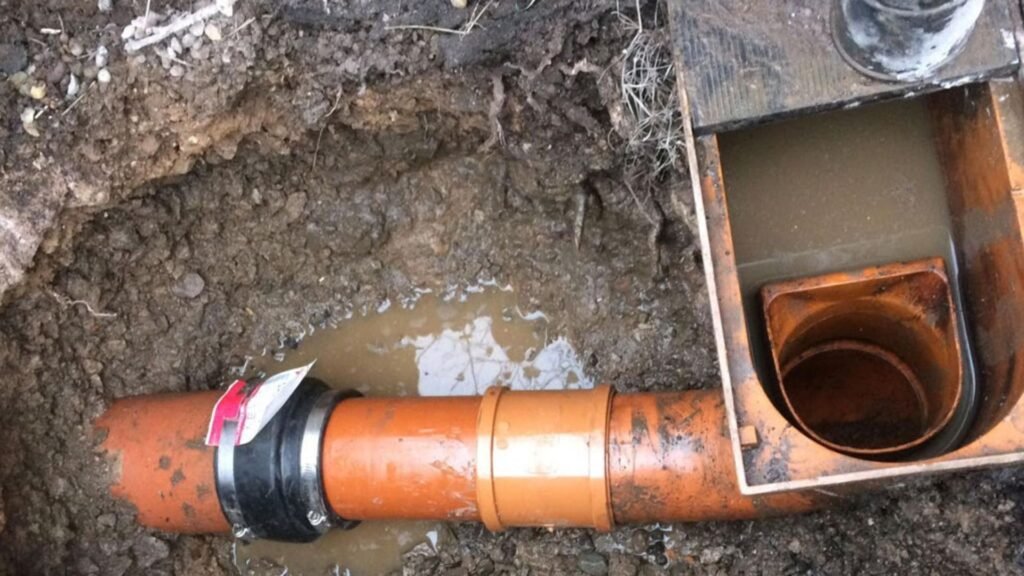
What To Do If Your Gully Trap Fails
Identifying Gully Trap Failure
Recognizing when a gully trap has failed is crucial for preventing more severe plumbing issues in your home. The first sign of a potential problem is often persistent blockages. If you notice that your drains are consistently backing up, especially after rainfall, this could indicate that your gully trap is not functioning properly. Another telltale sign is water pooling around the trap or in nearby areas, which suggests that the water is not draining as it should. Foul odors emanating from your drainage system are also a red flag that something is amiss, as they indicate that waste is not being effectively contained or directed away from your property.
Immediate Actions to Take
If you suspect that your gully trap has failed, acting quickly can prevent further damage. Here’s a practical checklist of immediate steps:
1. Turn Off Water Sources: Immediately shut off any water sources that are connected to the affected drainage system. This helps to minimize the flow of water and prevent additional pooling or flooding.
2. Inspect for Blockages: Carefully check the gully trap and surrounding pipes for any visible blockages. Sometimes, debris such as leaves, dirt, or even small objects can obstruct the flow of water. If it’s safe and possible, try to remove the blockage with a gloved hand or a drain rod.
3. Use Temporary Fixes: If you can’t remove the blockage or if the issue persists, consider using a temporary fix like a drain cover or a tarp to prevent more water from entering the trap area. This is a short-term solution that can help limit further complications until professional help arrives.
4. Avoid Using Drains: As a precaution, refrain from using any sinks, showers, or appliances that drain into the affected system until the issue is resolved. This reduces the risk of exacerbating the problem.
Seeking Professional Assistance
While these immediate actions can help mitigate the situation, it’s essential to understand that gully trap issues often require professional intervention. A qualified plumber in New Zealand has the expertise to accurately diagnose and repair or replace a faulty gully trap. They can assess the extent of the damage, determine whether the trap is blocked, broken, or improperly installed, and recommend the most effective solution.
Attempting to fix a gully trap on your own can sometimes lead to more significant problems, such as damaging the drainage system or misidentifying the source of the issue. Therefore, contacting a licensed plumber should be a priority. They can ensure that your gully trap is restored to full functionality, preventing further blockages, leaks, or other plumbing emergencies.
In summary, identifying the signs of gully trap failure and taking immediate steps can help prevent minor issues from escalating into costly repairs. However, professional assistance is crucial for a long-term fix, ensuring your plumbing system remains efficient and problem-free.

Gully Traps And New Zealand Regulations
Building Codes
In New Zealand, building codes and regulations set the foundation for ensuring that structures, including plumbing systems, are safe, efficient, and environmentally sound. Gully traps, which play a critical role in managing wastewater and preventing foul odors from entering your home, are subject to specific requirements under these codes. The New Zealand Building Code (NZBC), particularly under Clause G13, deals with the sanitation systems in residential and commercial buildings. This includes the design, installation, and performance standards of gully traps. Adhering to these regulations is not only mandatory but also ensures that your plumbing system functions optimally, safeguarding your home from potential health hazards and environmental issues.
Compliance
Ensuring that your gully trap installation and maintenance comply with local regulations is crucial for several reasons. Firstly, compliance guarantees that your system is up to the standard required to handle wastewater effectively, minimizing the risk of blockages, leaks, or foul odors that can disrupt your home environment. Non-compliance can lead to significant problems, including potential fines, costly repairs, and even legal issues if your system fails and causes damage to your property or surrounding areas. Regular checks and maintenance are vital to keeping your gully trap in line with these regulations, offering peace of mind that your plumbing system is both legally compliant and functionally sound.
Upgrading to Modern Standards
Older gully trap systems may not meet the current standards set out in New Zealand’s building codes, especially if your home was constructed several decades ago. Upgrading to modern standards is often necessary to improve the efficiency and safety of your plumbing system. Over time, regulations have evolved to incorporate better materials, more effective designs, and enhanced environmental protections. Upgrading an outdated gully trap ensures that your system is robust enough to handle modern plumbing demands, reduces the risk of blockages or overflows, and can even increase your property’s value. Moreover, if you’re planning renovations or major repairs, it’s an ideal time to assess whether your existing gully trap meets current regulations and upgrade if necessary.
Upgrading isn’t just about compliance; it’s about future-proofing your home, ensuring that your plumbing system remains reliable and efficient for years to come.
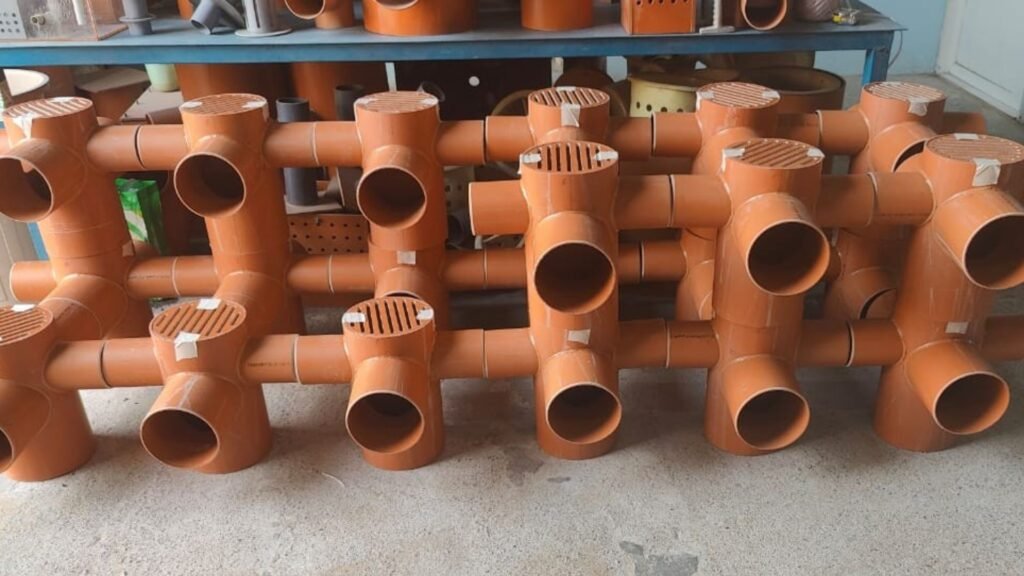
Cost Considerations
When planning to install or maintain a gully trap, understanding the associated costs is crucial for budgeting and decision-making. Below, we break down the key cost considerations, covering installation, maintenance, and potential repair or replacement expenses.
Installation Costs
Installing a gully trap is an essential step in ensuring proper drainage and preventing blockages in your plumbing system. The cost of installation can vary significantly based on several factors, including the type of gully trap, the complexity of the installation, and your location.
1. New Home Installation: For a new home, the installation of a gully trap is often part of the broader plumbing work. On average, homeowners can expect to pay between $300 to $800 for a standard gully trap installation. This estimate includes labor and materials but can vary based on local labor rates and the specific requirements of the property.
2. Renovations: If you’re installing a gully trap during a renovation, the costs might be slightly higher due to the additional work involved in accessing existing plumbing systems. Renovation-related installations can range from $500 to $1,200, depending on the complexity and any necessary modifications to the existing infrastructure.
It’s important to note that these estimates are general figures. Consulting with a professional plumber for a precise quote is always recommended, as they can assess the specific needs of your project.
Maintenance Costs
Regular maintenance of your gully trap is crucial to ensure it functions correctly and to avoid more costly repairs down the line. The maintenance primarily involves cleaning the trap to prevent blockages and ensuring it remains in good working condition.
1. Professional Cleaning: The most common maintenance task is professional cleaning, which typically costs between $100 and $250 per visit. This cost can fluctuate depending on the frequency of cleaning needed, the size of the gully trap, and your location.
2. DIY Maintenance: Some homeowners may opt for DIY cleaning, reducing costs to just the price of any cleaning supplies needed. However, professional cleaning is recommended to ensure the trap is thoroughly cleared and any potential issues are identified early.
Regular maintenance, ideally every 6 to 12 months, can help extend the life of your gully trap and prevent costly repairs or replacements.
Repair and Replacement Costs
Despite regular maintenance, gully traps can sometimes develop issues that require repair or, in more severe cases, replacement.
1. Repair Costs: Common gully trap repairs might include fixing leaks, clearing stubborn blockages, or addressing minor structural damage. Repair costs can vary, but on average, homeowners might spend between $150 and $400 on minor repairs. If the damage is more extensive, such as significant cracking or dislodging, the costs could rise to $500 or more.
2. Replacement Costs: If a gully trap is beyond repair, replacing it is necessary. The cost of replacement generally includes removing the old trap, installing a new one, and any necessary adjustments to the surrounding area. Homeowners can expect to pay between $700 to $1,500 for a complete replacement, depending on the complexity of the job and the type of gully trap being installed.
In conclusion, while the initial installation of a gully trap represents a moderate investment, regular maintenance can help minimize long-term costs. Being proactive with maintenance and addressing repairs promptly can extend the life of your gully trap, ensuring it continues to protect your home’s plumbing system effectively. When budgeting for these expenses, it’s wise to consider both the immediate costs and the potential savings from avoiding more significant issues down the line.
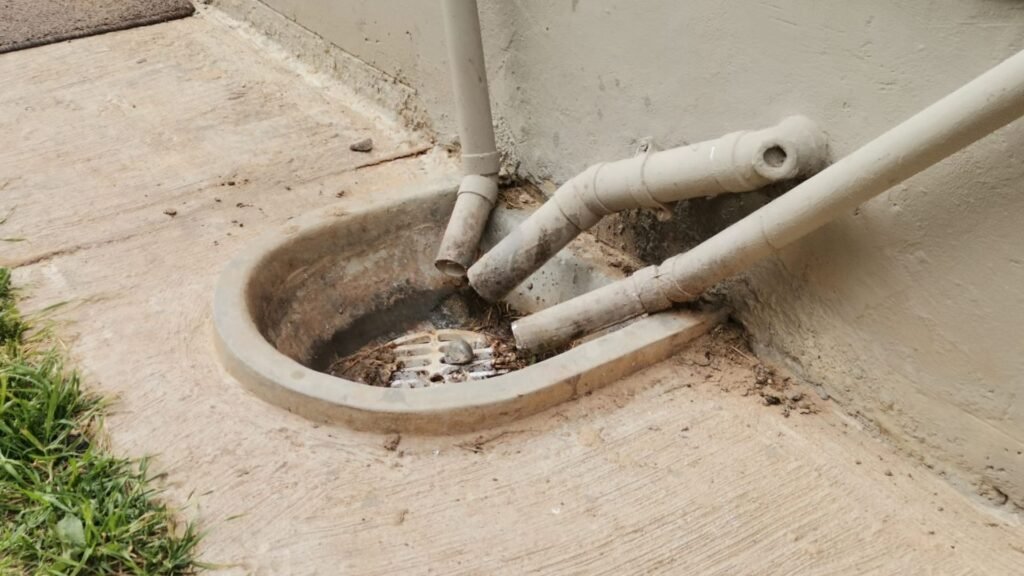
FAQs: About Gully Traps Nz
What is a gully trap, and what does it do?
A gully trap is a plumbing device that creates a water seal to prevent sewer gases from entering your home. It also helps to filter out debris, preventing blockages in the sewer lines. In New Zealand, gully traps are commonly located outside, near areas like kitchens or bathrooms, and play a crucial role in maintaining a hygienic and efficient drainage system.
How often should I clean my gully trap?
It’s recommended to inspect and clean your gully trap every 6 months. Regular cleaning helps prevent blockages caused by debris, leaves, or dirt that can accumulate over time. In high-risk areas or during seasons with heavy rainfall, more frequent inspections may be necessary.
Can I install a gully trap myself, or should I hire a professional?
While it is possible to install a gully trap yourself if you have plumbing experience, it is generally recommended to hire a professional plumber. Proper installation is crucial to ensure the gully trap functions correctly and complies with New Zealand’s building codes and regulations.
What should I do if my gully trap is emitting bad odors?
If your gully trap is emitting bad odors, it may be due to a blockage, dried-up water seal, or decaying organic material inside the trap. First, try flushing the trap with water to restore the water seal. If the smell persists, inspect the trap for blockages and clean it if necessary. Persistent odors might require professional inspection and cleaning.
What are the signs that my gully trap needs repair or replacement?
Signs that your gully trap may need repair or replacement include frequent blockages, slow drainage, water pooling around the trap, persistent foul odors, or visible damage to the trap itself. If you notice any of these issues, it’s advisable to consult a plumber to assess the condition of the gully trap.
Are gully traps required by law in New Zealand?
Yes, gully traps are required by law in New Zealand as part of the building regulations. They are essential components of residential and commercial drainage systems, ensuring that waste is properly managed and that sewer gases do not enter living or working spaces.
How much does it cost to install a gully trap in New Zealand?
The cost of installing a gully trap in New Zealand can vary depending on factors like the type of gully trap, the complexity of the installation, and regional pricing differences. On average, you can expect to pay between NZD 300 and NZD 600 for a standard installation by a professional plumber.
What is the difference between a gully trap and a gully pit?
A gully trap is designed to prevent sewer gases from entering buildings by maintaining a water seal, while a gully pit is a drainage system component that collects surface water runoff, typically from roads or paved areas, and channels it into the stormwater system. The two serve different purposes within a drainage network.
Can a blocked gully trap cause flooding?
Yes, a blocked gully trap can lead to flooding, especially during heavy rain. If the trap becomes clogged with debris, it can cause water to back up and overflow, potentially leading to localized flooding around the trap or even inside your home if the drainage system is overwhelmed.
What materials are commonly used for gully traps in New Zealand?
Gully traps in New Zealand are commonly made from materials like PVC (polyvinyl chloride), which is durable and resistant to corrosion. Older installations might use concrete or clay, but modern systems favor PVC due to its ease of installation, longevity, and resistance to damage from environmental factors.
Conclusion
In conclusion, regular maintenance and inspection of your gully trap are essential to prevent blockages and ensure the efficient flow of wastewater. By staying vigilant and addressing any issues promptly, you can avoid costly repairs and maintain the health of your drainage system. Remember to check for signs of wear, clear any debris, and schedule professional inspections as needed to ensure everything functions smoothly. If you haven’t inspected your gully trap recently, now is the perfect time to take action. Whether it’s a quick DIY check or a call to a professional, staying proactive will save you time and money in the long run. For more tips on maintaining a healthy drainage system, explore our other related articles.
About the Author:
Mike Veail is a recognized digital marketing expert with over 6 years of experience in helping tradespeople and small businesses thrive online. A former quantity surveyor, Mike combines deep industry knowledge with hands-on expertise in SEO and Google Ads. His marketing strategies are tailored to the specific needs of the trades sector, helping businesses increase visibility and generate more leads through proven, ethical methods.
Mike has successfully partnered with numerous companies, establishing a track record of delivering measurable results. His work has been featured across various platforms that showcase his expertise in lead generation and online marketing for the trades sector.
Learn more about Mike's experience and services at https://theleadguy.online or follow him on social media:
